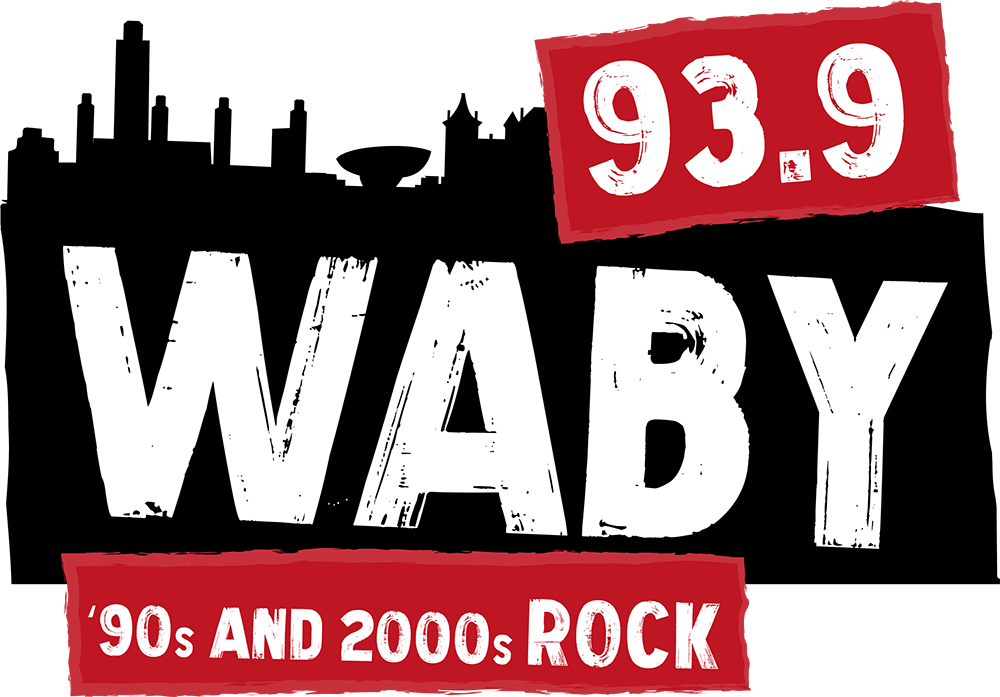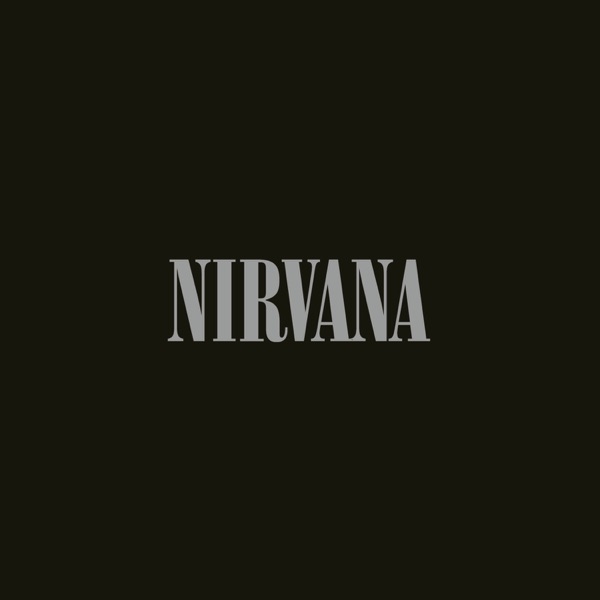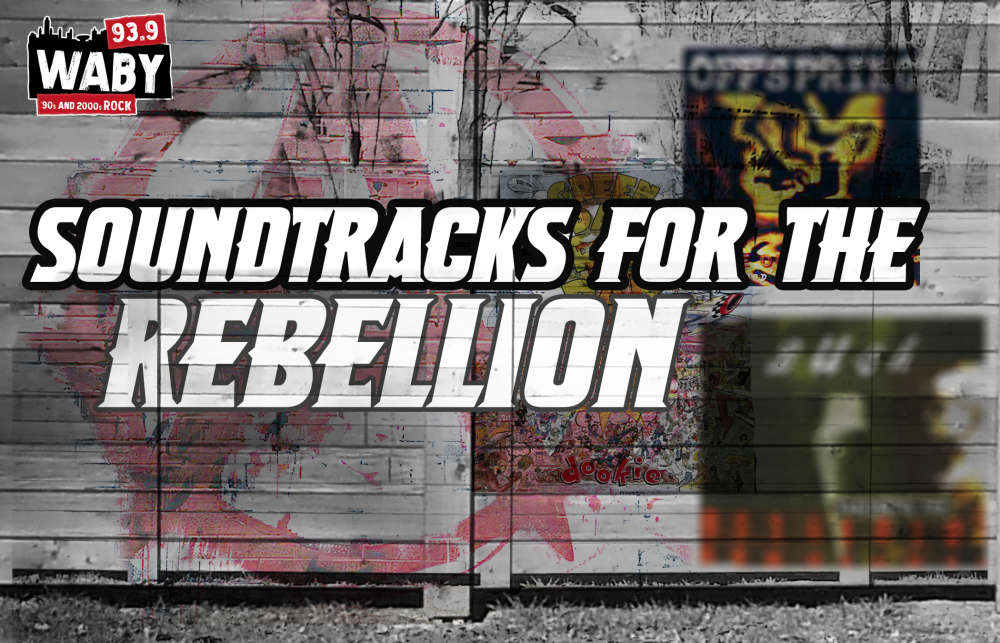Soundtracks for the Rebellion: How 90s & 2000s Alt-Rock Scored My Life
By: Christine Collins, Host of Who is Christine Anyway? Podcast, Marketing, Branding & PR Strategist
My grandmother believes in Jesus, strong coffee, and that no good ever came out of a guitar with
distortion. She also believes that the alternative rock radio station was the fast lane to damnation—or at
the very least, pierced nipples. Naturally, that made it irresistible.
I grew up in a house where the radio dial never budged past golden oldies country music or AM talk. But
the outside world was buzzing with Green Day riffs and Nirvana angst, and somewhere between my older
brother’s obsession with skateboarding and my growing fascination with teenage rebellion, the sound
broke through. He’d disappear for hours with his board and headphones, coming home scraped,
sunburned, and hyped up on whatever The Offspring or Bush had screamed into his ears that day.
That was my first understanding of what a soundtrack could be. Not just background music—but a
character in the story. Something that didn’t just accompany an experience, but shaped it.
I still remember hearing “When I Come Around” by Green Day and thinking, Oh. This is what it feels like
to not care and care way too much at the same time. That song was the walk down the street after a fight.
It was the shrug before a major life decision. It was attitude, melody, and melancholy all in one—and I
was addicted.
It wasn’t just a phase. I began assigning music to moments like a DIY music supervisor. Nirvana’s “All
Apologies” scored the first time I realized I didn’t fit into the box I was raised in. The Offspring’s “Gone
Away” was on loop when I needed something cathartic enough to scream-sing without cracking. Bush’s
“Glycerine” taught me that vulnerability could sound heavy. Every song became a timestamp, a memory
vault, a mood enhancer.
The truth is, music from that era performs with you. It lifts you up or drags you gloriously down. It makes
mundane tasks cinematic and transforms emotional chaos into three-minute clarity. That’s why alternative
rock from the ‘90s and early 2000s still lives in a forever rotation for me—not just as nostalgia, but as a
toolbox.
Need to get into performance mode? “Longview.”
Trying to reset your brain after a day of administrative mayhem? “Comedown.”
Falling in love with a new idea? “Come Out and Play.”
These songs didn’t just shape my taste—they built the architecture of how I experience sound. They
taught me how music feels, how it moves through a space, how it shifts the temperature of a moment.
They taught me that music is an energy transfer, and some songs just hit the nerve every time, no matter
how many years go by.
So no—I never did get permission to listen to the alternative station. But I found it anyway. And I never
stopped listening. These songs weren’t just the backdrop of my youth; they became the compass for how
I move through the world—loud, layered, a little defiant, and always authentic. To this day, the sounds of
Green Day, Nirvana, The Offspring, and Bush stay on repeat—not just for nostalgia, but as a forever love
affair with a genre that gave my emotions structure and my memories a pulse. And despite our early
musical standoff, I adore my grandmother—strict radio rules and all. Which is why it stopped me dead in
my tracks, about 15 years later, when I walked into her house and found a Kid Rock CD sitting on her
dining room table. She looked at me without a hint of irony and said, “I like him.” It was one of the
weirdest, most oddly perfect moments of my life. Maybe we were never that far apart after all.


